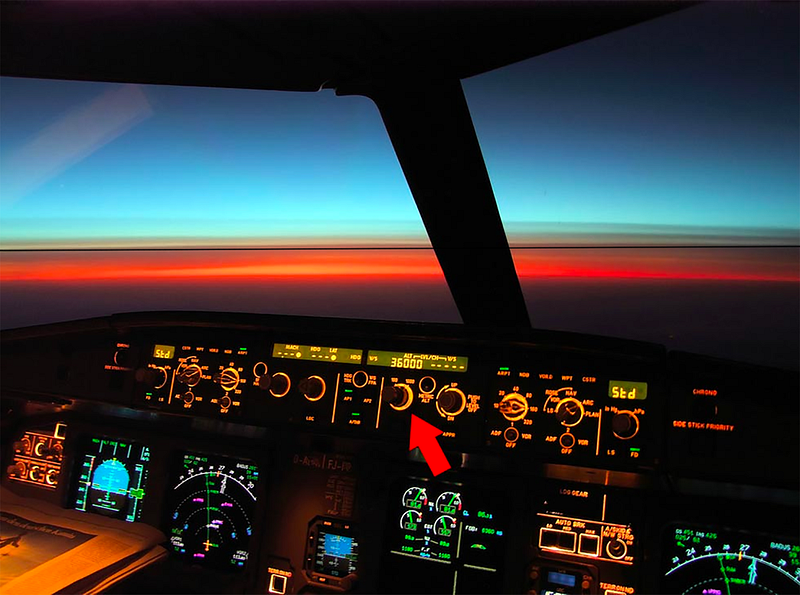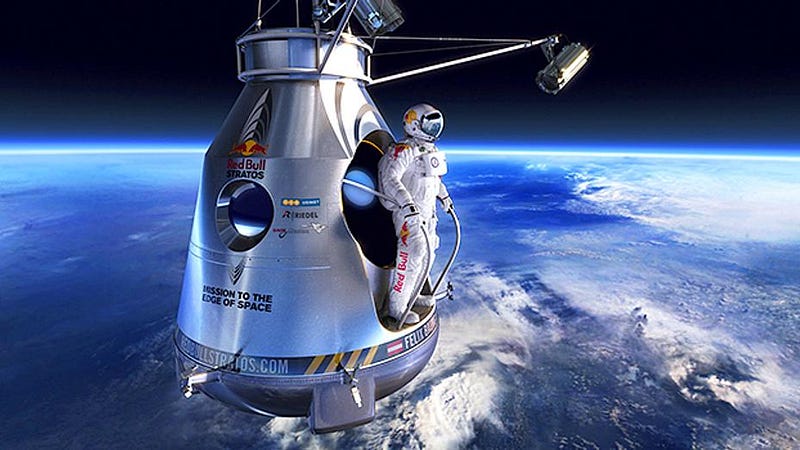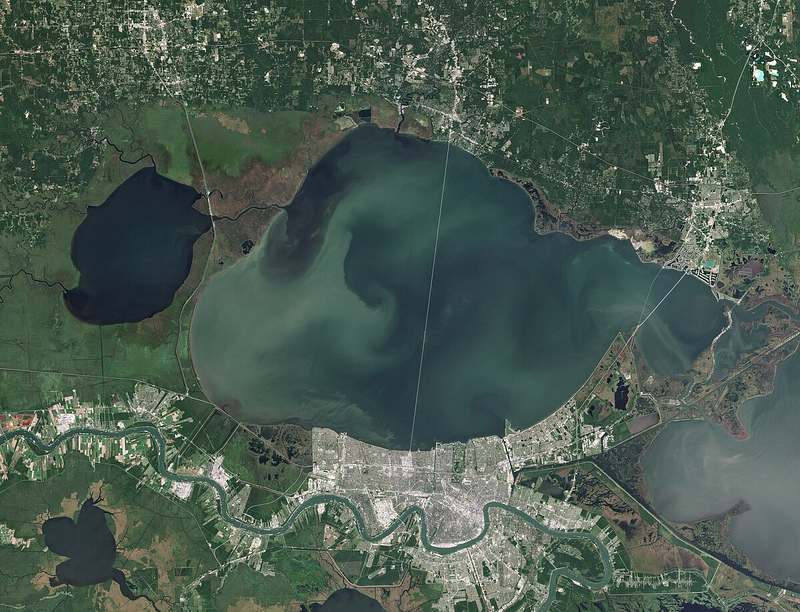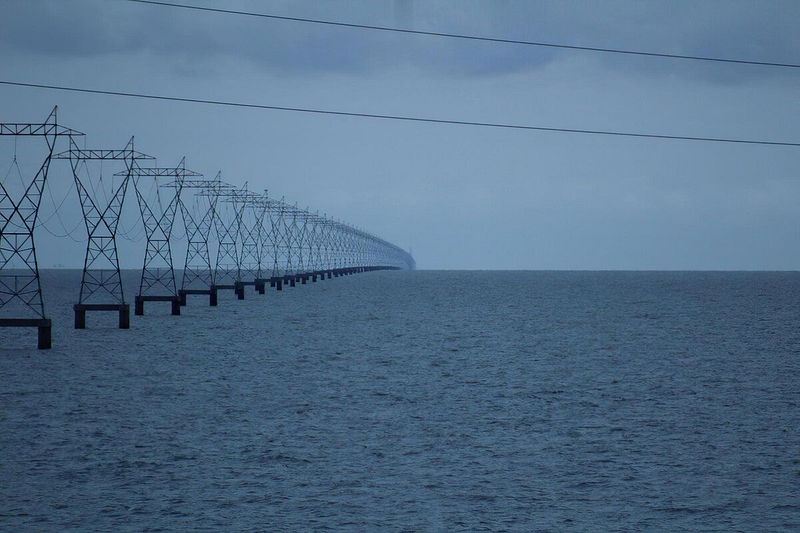Seeing Earth's Curvature: Facts and Observations
Written on
Chapter 1: The Curvature Question
Can the curvature of the Earth be discerned by the human eye? Advocates of the Flat Earth theory frequently assert that all images from space are fabricated and unreliable. However, if individuals could directly observe the Earth's curvature, the discourse would certainly shift.
Indeed, there are no locations on the planet where the curvature of the horizon is evident; even the peak of Mount Everest fails to provide such a perspective. Calculations suggest that to perceive the Earth's curvature unaided, one must reach an altitude of around 10,800 meters, requiring a viewing angle of at least 60 degrees. Unfortunately, the windows of commercial aircraft do not allow for such an angle, and even in the cockpit at that height, the curvature remains almost imperceptible.

The horizon as seen from a passenger airplane's cockpit, with a straight line drawn for reference.
The curvature could have been more readily observed from the now-retired Concorde supersonic jets, but they are no longer in service. Some Flat Earthers have even claimed that the cessation of Concorde flights was to obscure this 'truth' from the public.
Section 1.1: Observing Curvature from the Ground
So, what can we conclude? Is it impossible to witness the Earth’s curvature without venturing into space or flying in a plane? Thankfully, there are terrestrial methods to observe this phenomenon. A compelling example is found in Louisiana, USA, at Lake Pontchartrain.

This lake is intersected by a bridge measuring 38.5 kilometers, which serves as a practical illustration of the Earth's curvature. An even more effective demonstration is provided by a 24-kilometer-long power line running across the lake. Photographs reveal how the supports of this line appear to vanish beneath the horizon and submerge into the water.

All supports are uniformly tall, and the transmission line is perfectly straight. According to the principles of perspective, the lines connecting the tops and bases of the supports should converge on the horizon if the Earth were flat. However, the reality is quite different.
Subsection 1.1.1: A Closer Look at Perspective
As the supports recede from the viewer, they increasingly deviate from a straight line, appearing to 'dive' below the water level at the horizon. This phenomenon starkly illustrates the curvature of the Earth. Some have absurdly suggested that the supports were constructed at varying heights to create this illusion, but this claim is easily debunked by anyone who rents a boat or helicopter to observe the supports firsthand.

Similar effects are observable on various straight bridges over water that seem to vanish over the horizon. Another striking example is the Turning Torso skyscraper in Malmö, Sweden, known for its segmented design.
Chapter 2: Documenting the Effect
The first video explores the altitude required to see the curvature of the Earth, providing insights into how high one must be to perceive this phenomenon.
The second video discusses the extent of the Earth's surface visible at once, further illustrating the principles of perspective and curvature.
As you move along the shore opposite Malmö, you can capture images of the Turning Torso from various distances. Enthusiasts have frequently conducted this straightforward experiment.

Amazingly, as one moves further away, the segments of the towering building gradually disappear from view. From 25 kilometers away, seven segments are visible (out of eight total), while only three segments can be seen from 48 kilometers, reinforcing the reality of the Earth's curvature.
If you wish to see more articles about space in your feed, clap to show your support! Subscribe to our channel and feel free to pose any questions; I will address them in future pieces. If you appreciate my work, consider becoming a Medium member for just $5 a month to help us create even better content.